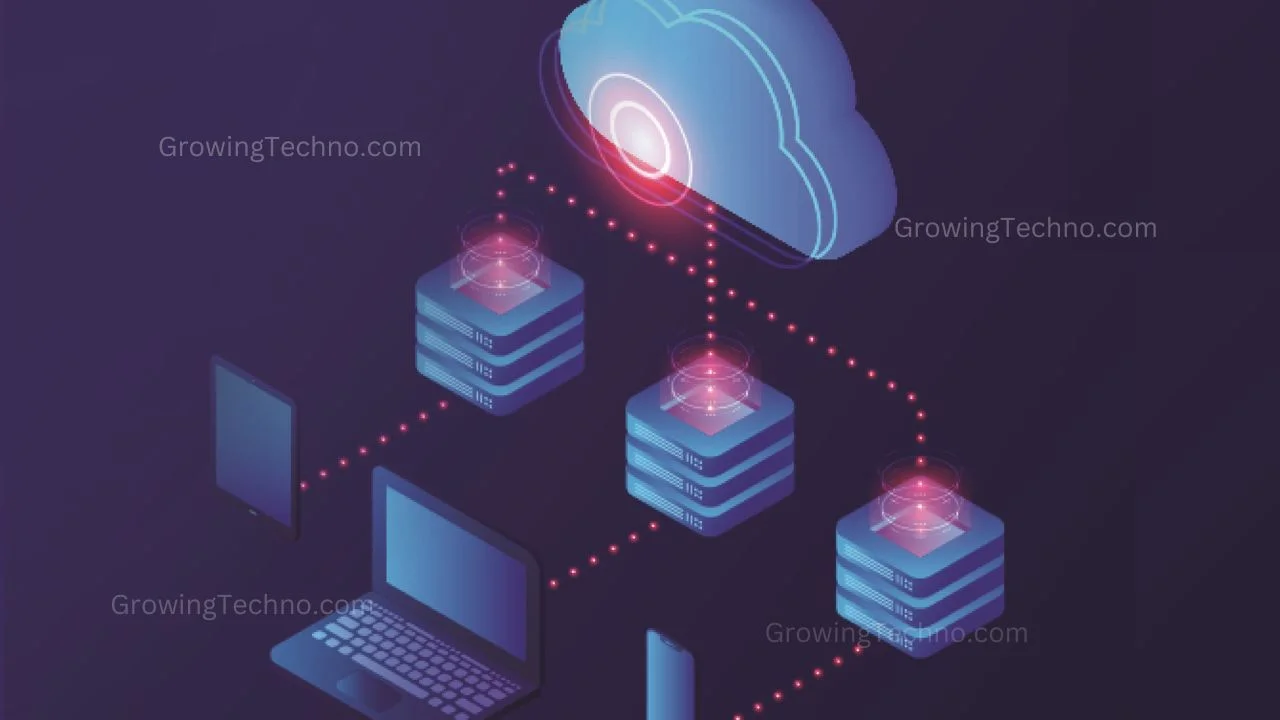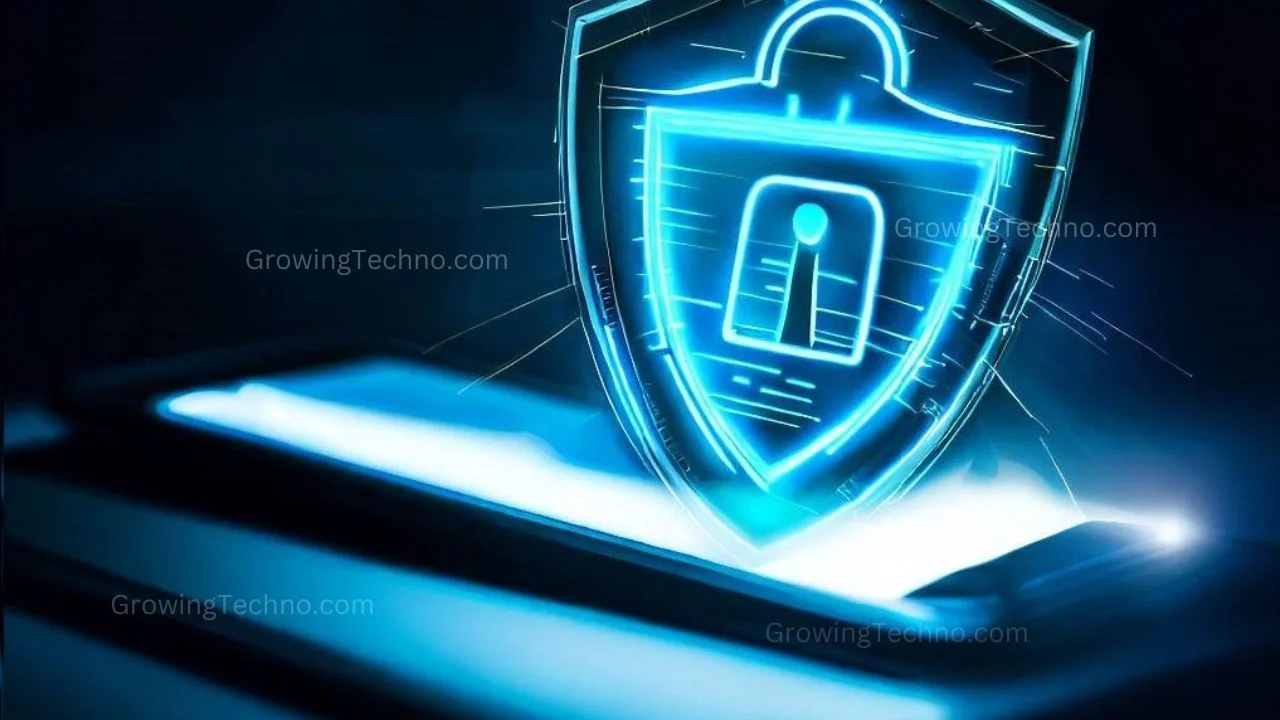
In the digital age, efficient IT service management (ITSM) is the linchpin of success for organizations of all sizes. ITSM encompasses a set of practices, policies, and strategies designed to streamline IT operations, deliver seamless services, and enhance customer satisfaction. In this article, we delve into the world of ITSM best practices, shedding light on how they can significantly improve efficiency and drive success in the ever-evolving tech landscape.
1. Embrace a Framework:
ITSM best practices often start with adopting a framework, such as ITIL (Information Technology Infrastructure Library) or COBIT (Control Objectives for Information and Related Technologies). These frameworks provide a structured approach to service management, offering guidelines and processes for optimal efficiency.
2. Prioritize Service Design:
Effective ITSM begins with robust service design. This includes defining service offerings, assessing requirements, and planning for service delivery. A well-designed service sets the stage for smooth implementation.
3. Implement Incident Management:
Incident management is a critical component of ITSM. It involves promptly addressing and resolving issues to minimize downtime and disruptions. By implementing a reliable incident management system, organizations can maintain operations at peak efficiency.
4. Problem Management for Root Cause Analysis:
While incident management focuses on immediate issue resolution, problem management digs deeper. It identifies and addresses the root causes of recurring problems, preventing them from resurfacing and optimizing long-term efficiency.
5. Change Management for Controlled Evolution:
In a rapidly changing tech landscape, effective change management is vital. It ensures that modifications, updates, and innovations are carefully planned, tested, and implemented to minimize disruptions while fostering technological evolution.

6. Service Desk Excellence:
The service desk is often the face of ITSM, handling user inquiries and requests. Best practices in service desk management include robust ticketing systems, well-trained staff, and efficient communication channels.
7. Continuous Improvement:
A cornerstone of ITSM best practices is the commitment to continuous improvement. Regularly assessing processes, seeking feedback, and making incremental enhancements are essential for maintaining efficiency in an ever-changing tech environment.
8. Self-Service Options:
Empowering users with self-service options can significantly improve efficiency. By providing resources like knowledge bases and automated service request forms, organizations can reduce the burden on IT teams while enabling users to address their needs independently.
9. Metrics and Performance Monitoring:
Efficient ITSM relies on data-driven decision-making. Monitoring key performance indicators (KPIs) and metrics allows organizations to track progress, identify areas for improvement, and make informed adjustments to service delivery.
10. Training and Skill Development:
Last but not least, investing in the training and skill development of ITSM teams is crucial. Well-trained staff can navigate complex processes more effectively, resulting in improved service delivery and customer satisfaction.
Conclusion
ITSM best practices are the cornerstone of efficiency and effectiveness in today’s technology-driven world. By embracing these practices, organizations can streamline operations, enhance customer satisfaction, and position themselves for success in an ever-evolving digital landscape.
Found this helpful? Share the wisdom!












